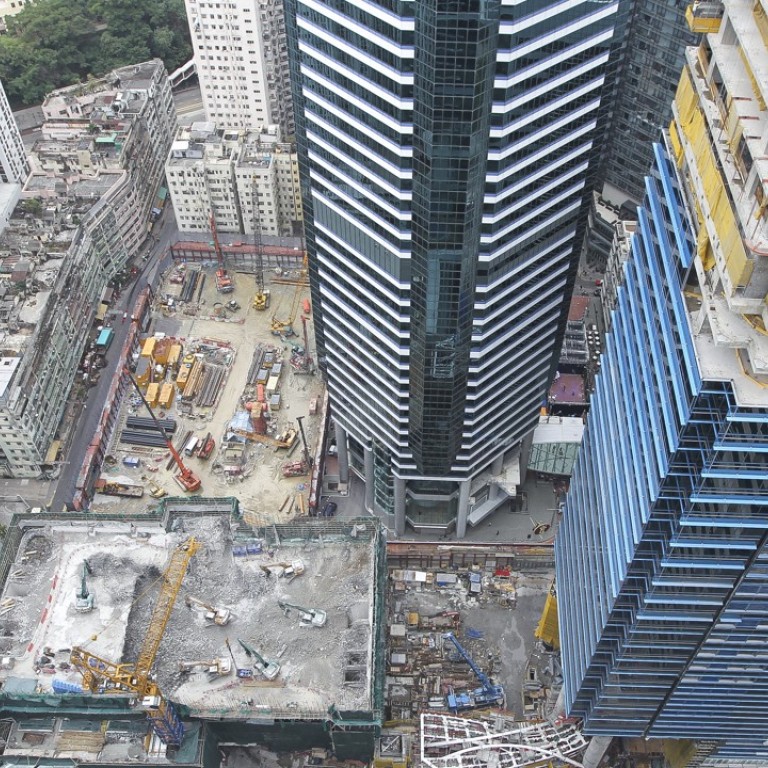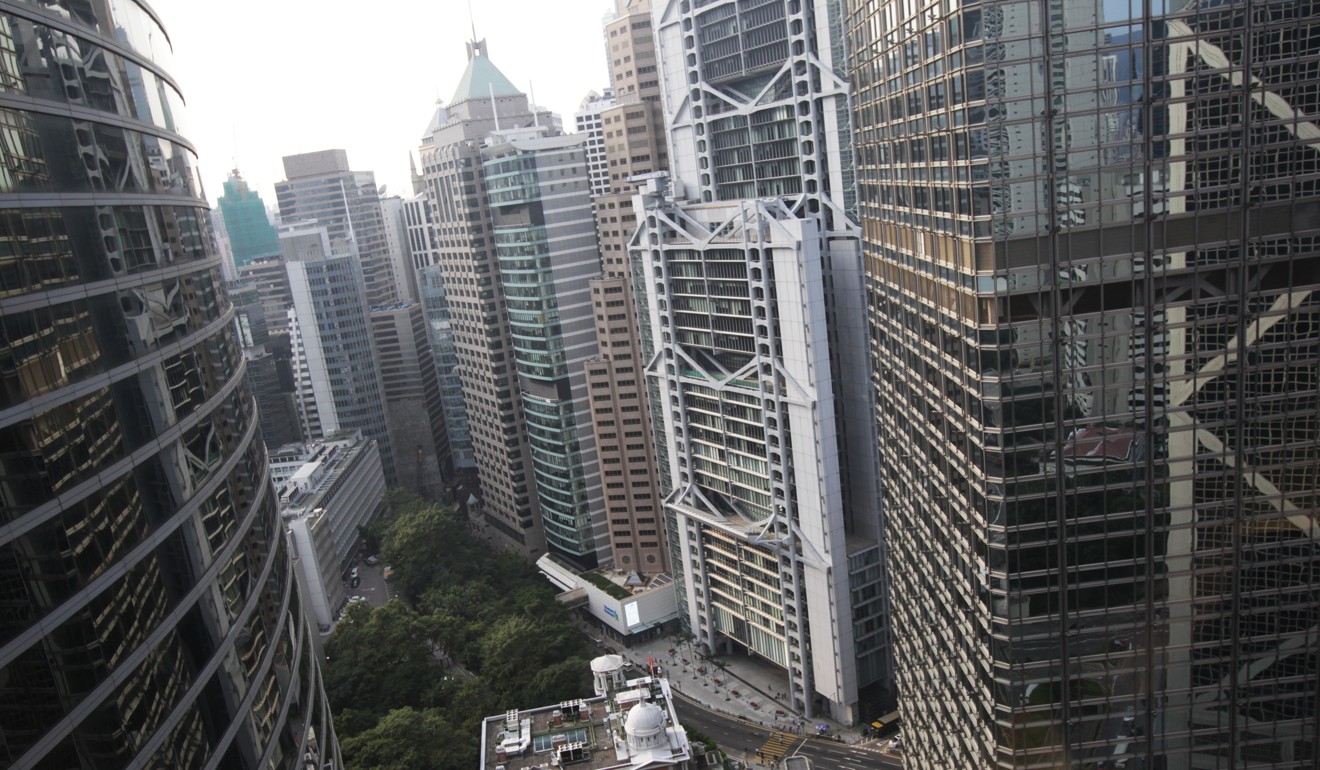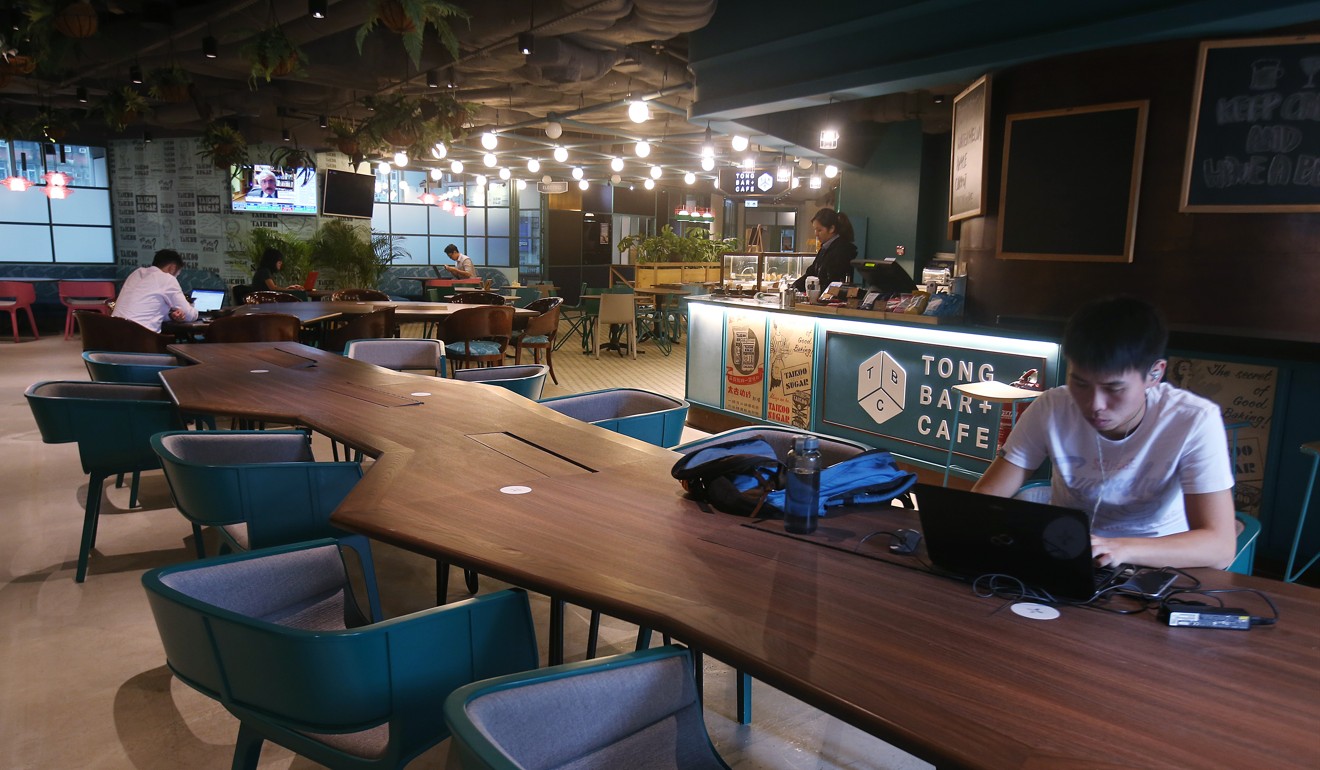
Look east: MNCs find Hong Kong’s alternate CBD to Central
A total of 63 Fortune 500 companies occupy about 2.2m sq ft of office spaces in Hong Kong East
Situated on the eastern side of Hong Kong Island and traditionally seen as a decentralised office area, the Hong Kong East grade A office market landscape is changing fast. The submarket has steadily evolved from being largely a corporate back office to the city’s alternative central business district (CBD) that now attracts top-tier MNCs from the non-banking financial, professional services and legal sectors.
Hong Kong East has taken flight in recent years as a growing number of MNCs have relocated part of, if not their entire, office to the submarket against high rents in the city’s core office areas and the changing perception of traditional workplace by companies. Today, a total of 63 Fortune 500 companies occupy around 2.2 million square feet of office spaces. Of these, a little under 70 per cent have their Asia-Pacific headquarters or local head offices in the submarket.
Hong Kong East has benefited from a red-hot rental market in greater Central, which is driving a growing number of companies out. Greater Central rents have skyrocketed 37.9 per cent to a net HK$129.80 (US$16.57) per sq ft a month since bottoming out in the third quarter of 2014. Strong demand from mainland Chinese companies along with limited availability (3.7 per cent at end-2017) has allowed landlords to push rents higher with some tenants, reportedly, facing rental increases of as much as 50 per cent, having only signed the original leases a few years ago. Greater Central office rents are now standing at the world’s costliest, more than double those in the City of London.
Escaping high rents is not the only reason that drives occupiers to Hong Kong East. The growing appeal of the submarket, coupled with the changing perception of traditional workplace by companies to better attract and retain talent also plays an important role.

The growing appeal of the submarket, coupled with the changing perception of traditional workplace by companies to better attract and retain talent also plays an important role
Since the development of the first cluster of grade A office buildings in the early 1990s, Swire has steadily improved the supporting amenities in the neighbourhood. The completion of the renovation of Cityplaza mall in 2000, a business hotel in 2010 and a serviced apartment development in 2015, and the opening of many trendy restaurants and bars in recent years allow Swire to provide a unique lifestyle experience to its tenants. Today, Taikoo Place has become a dynamic commercial cluster with convenient amenities (over 100 restaurant & bars).
The appeal of Hong Kong East will grow further with the upcoming completion of the Taikoo Place redevelopment project. Under the HK$15 billion project, two grade A office towers – One and Two Taikoo Place – will provide over 1.5 million sq ft of office space upon their respective completions in the third quarter of this year and 2021. Taikoo Place’s status as a suitable office location is likely to be enhanced against improving connectivity with the journey time between greater Central and Hong Kong East reduced by half to just under 10 minutes on the completion of the Central-Wan Chai Bypass in early 2019.

Taikoo Place, with an average building age of 21 years and average floor plate of around 17,000 sq ft, offers companies an opportunity to not only consolidate their offices under one roof, but also a chance to adopt new workplace strategies. As the first two international law firms relocated to Taikoo Place in 2017, Berwin Leighton Paisner and Ince & Co got their staff out of their offices and cubicles and adopted an entirely open-plan office space that encourages staff engagement and increases workplace mobility.
The perception of Hong Kong East as a strong alternative core business district is growing stronger among companies, as evidenced by several recent high-profile tenant relocations and expansions. International law firm Baker & McKenzie and Simmons & Simmons are swapping their office spaces in Central and moving into One Taikoo Place, while Facebook is also expanding and relocating from the nearby One Island East to the building. With more MNCs expanding and/or relocating to Taikoo Place, the area is likely to mature into a core-office area and has potential to become a future CBD for the city.
Reed Hatcher is head of research at Cushman & Wakefield Hong Kong

